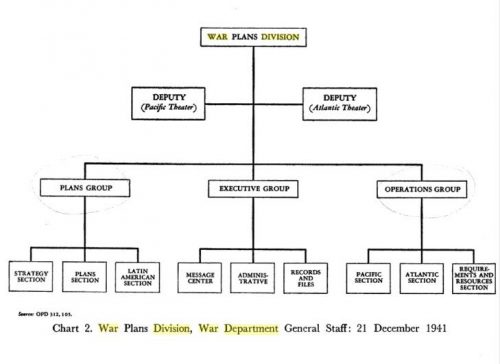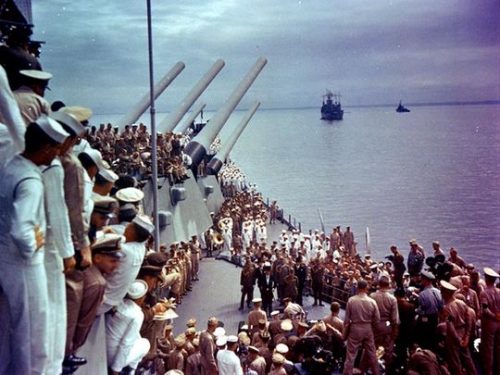This month marks the 55th anniversary of the Cuban Missile Crisis, which brought the world dangerously close to thermonuclear war.
Several years ago, I read Rockets and People, the totally fascinating memoir of Soviet rocket developer Boris Chertok, which I reviewed here.
Chertok’s career encompassed both military and space-exploration projects, and in late October 1962 he was focused on preparations for launching a Mars probe. On the morning of Oct 27, he was awakened by “a strange uneasiness.” After a quick breakfast, he headed for the missile assembly building, known as the MIK.
At the gatehouse, there was usually a lone soldier on duty who would give my pass a cursory glance. Now suddenly I saw a group of soldiers wielding sub-machine guns, and they thoroughly scrutinized my pass. Finally they admitted me to the facility grounds and there, to my surprise, I again saw sub-machine-gun-wielding soldiers who had climbed up the fire escape to the roof of the MIK. Other groups of soldiers in full combat gear, even wearing gas masks, were running about the periphery of the secure area. When I stopped in at the MIK, I immediately saw that the “duty” R-7A combat missile, which had always been covered and standing up against the wall, which we had always ignored, was uncovered.
Chertok was greeted by his friend Colonel Kirillov, who was in charge of this launch facility. Kirollov did not greet Chertok with his usual genial smile, but with a “somber, melancholy expression.”
Without releasing my hand that I’d extended for our handshake, he quietly said: “Boris Yevseyevich, I have something of urgent importance I must tell you”…We went into his office on the second floor. Here, visibly upset, Kirillov told me: “Last night I was summoned to headquarters to see the chief of the [Tyura-Tam] firing range. The chiefs of the directorates and commanders of the troop units were gathered there. We were told that the firing range must be brought into a state of battle readiness immediately. Due to the events in Cuba, air attacks, bombardment, and even U.S. airborne assaults are possible. All Air Defense Troops assets have already been put into combat readiness. Flights of our transport airplanes are forbidden. All facilities and launch sites have been put under heightened security. Highway transport is drastically restricted. But most important—I received the order to open an envelope that has been stored in a special safe and to act in accordance with its contents. According to the order, I must immediately prepare the duty combat missile at the engineering facility and mate the warhead located in a special depot, roll the missile out to the launch site, position it, test it, fuel it, aim it, and wait for a special launch command. All of this has already been executed at Site No. 31. I have also given all the necessary commands here at Site No. 2. Therefore, the crews have been removed from the Mars shot and shifted over to preparation of the combat missile. The nosecone and warhead will be delivered here in 2 hours.


